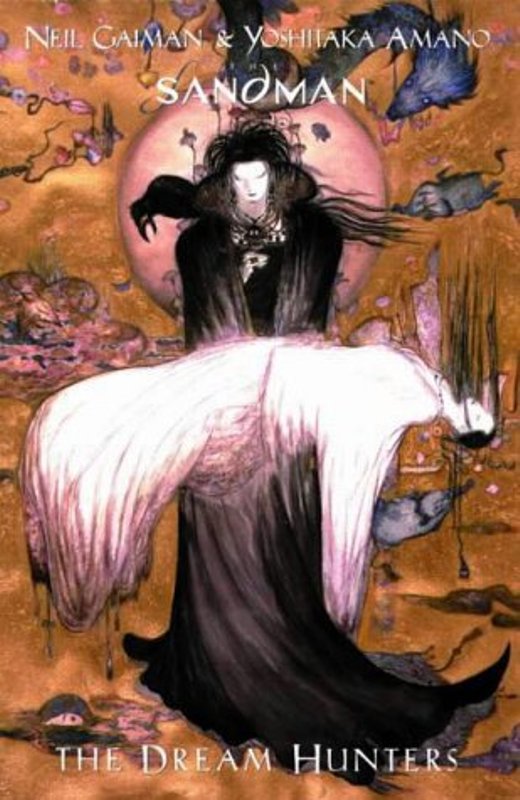"When myth incarnates in the waking world...”
Neil Gaimon

Terror in a Handful of Dust: Neil Gaiman and the Sandman
by C. S. Thompson
If any one work could define mythorealism it would be The Sandman, Neil Gaiman’s fantasy epic in comic book form (which was originally marketed as a horror comic, with the slogan “I will show you terror in a handful of dust”).
The original Morpheus was an obscure Greek god, the son or brother of Somnus, the god of sleep, and brother of Phobetor (a giver of nightmares) and Phantasos (a giver of fantastic dreams). Despite being referenced in Ovid’s Metamorphoses and Spenser’s Fairie Queene, not much is known about him. Gaiman’s Morpheus is now the real Morpheus- ask anyone who has read The Sandman, which has become the defining mythos of the modern world for so many of its fans. An atheist friend of mine once told me that if he could believe in anything, it would be in Gaiman’s Morpheus, which felt somehow more real to him than any established religion.
Not that Neil Gaiman has created a religion, or anything like one, but he has certainly created a mythology, and the thing that makes his mythology so special is that it feels so real. Mythopoesis- the deliberate creation of new myths, of true stories that never happened- is what mythorealism is all about. This particular mythopoesis achieves a unique magic, because it really feels as if Gaiman isn’t making up anything in these stories. That is not an easy effect for a writer to create, or maybe it only happens when it is easy.
You can read the entire article here, when you visit C.S. Thompson's blog, Night Wandering: Myth, Magic and Religion.